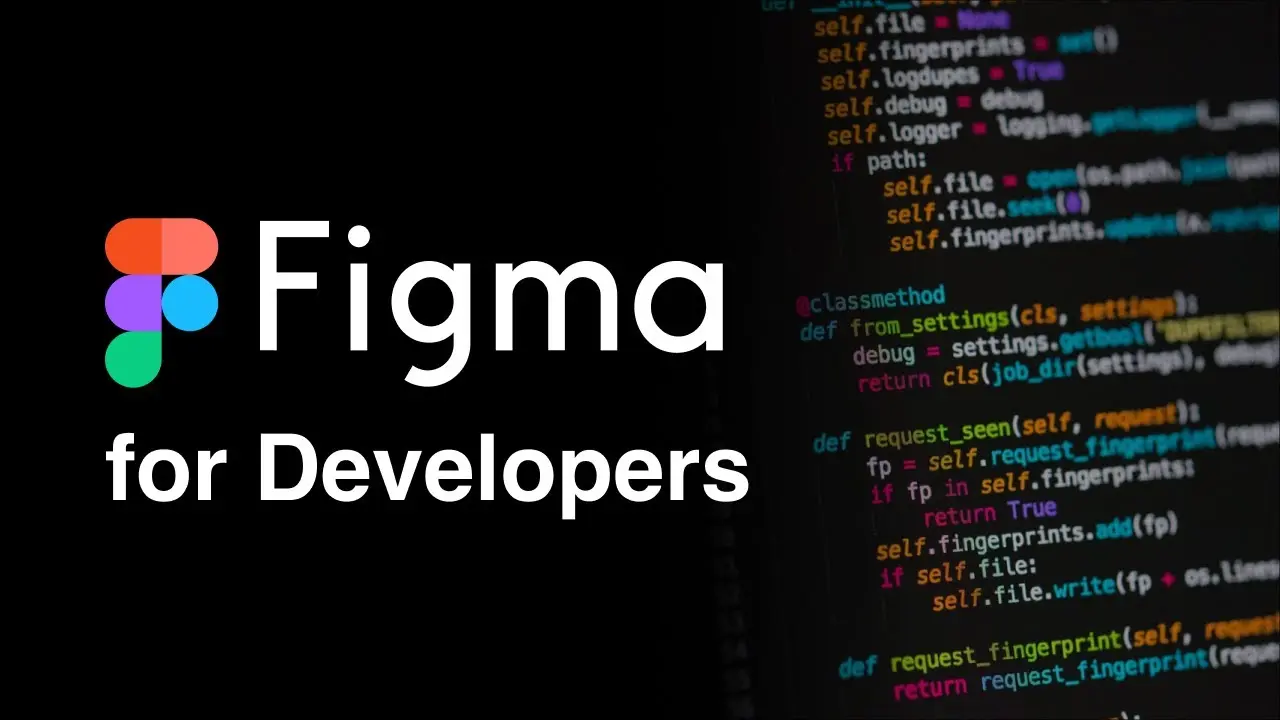
Figma's New Frontier: Bridging the Gap Between Designers and Developers
Posted on Jun 26
In the ever-evolving world of software development, the line between designers and developers is becoming increasingly blurred. Figma, a popular design tool, has recognized this shift and is making strides to cater to both demographics equally. The company recently revealed that a third of their users are developers, matching the proportion of designers. This revelation has led to some exciting new developments in the Figma universe.
Figma has always been a go-to tool for designers, providing a platform to mock up applications, create wireframes, and export resources like code, images, and SVGs. However, with the revelation that developers make up a significant portion of their user base, Figma has decided to embrace this demographic and provide better solutions for their needs.
The company has released a series of new features aimed at making the transition from design to code as seamless as possible. The goal is to facilitate the process of moving from a finalized design to your code editor with code that Figma helped generate, be it CSS properties, style tokens, or even the markup itself.
One of the most intriguing features is the Figma VS Code extension. This tool creates a strong relationship between your editor and Figma, allowing you to isolate a specific frame and have it pulled up inside your editor. This integration is a significant step towards bridging the gap between design and development, making it easier to translate designs into functional code.
Figma's Dev Mode is another feature that's making waves. This space within Figma gives developers everything they need to navigate design files and transform designs into code. With features like design-to-code, section statuses, and plugins, Dev Mode ensures designers and developers are always on the same page, making the handoff process smoother than ever.
Dev Mode also provides a box model and generates code for components. The generated code can be in CSS, Swift UI, or XML, depending on your development needs. This feature is particularly useful for developers working on web projects, as it allows them to switch the generated code over to CSS.
Figma's integration with GitHub is another time-saving feature. With this integration, developers can see exactly which file a component is in, as well as the code associated with it, all without having to leave Figma.
In addition to these developer-focused features, Figma also offers tools for designers to ensure consistency across the user interface. Designers can create shared styles for color, text, grids, and effects, and structure them in groups. This feature helps to establish a unified design language across the team, making it easier to set up global design variables in code.
Figma's efforts to bridge the gap between design and development are commendable. By recognizing the significant role developers play in their user base and tailoring their tools to meet their needs, Figma is setting a new standard for design tools. However, it's worth noting that some of these features may feel like they're just forcing code buttons all over the UI to make developers feel more included. Only time will tell if these features genuinely enhance the developer experience or if they're just stapling on code views.